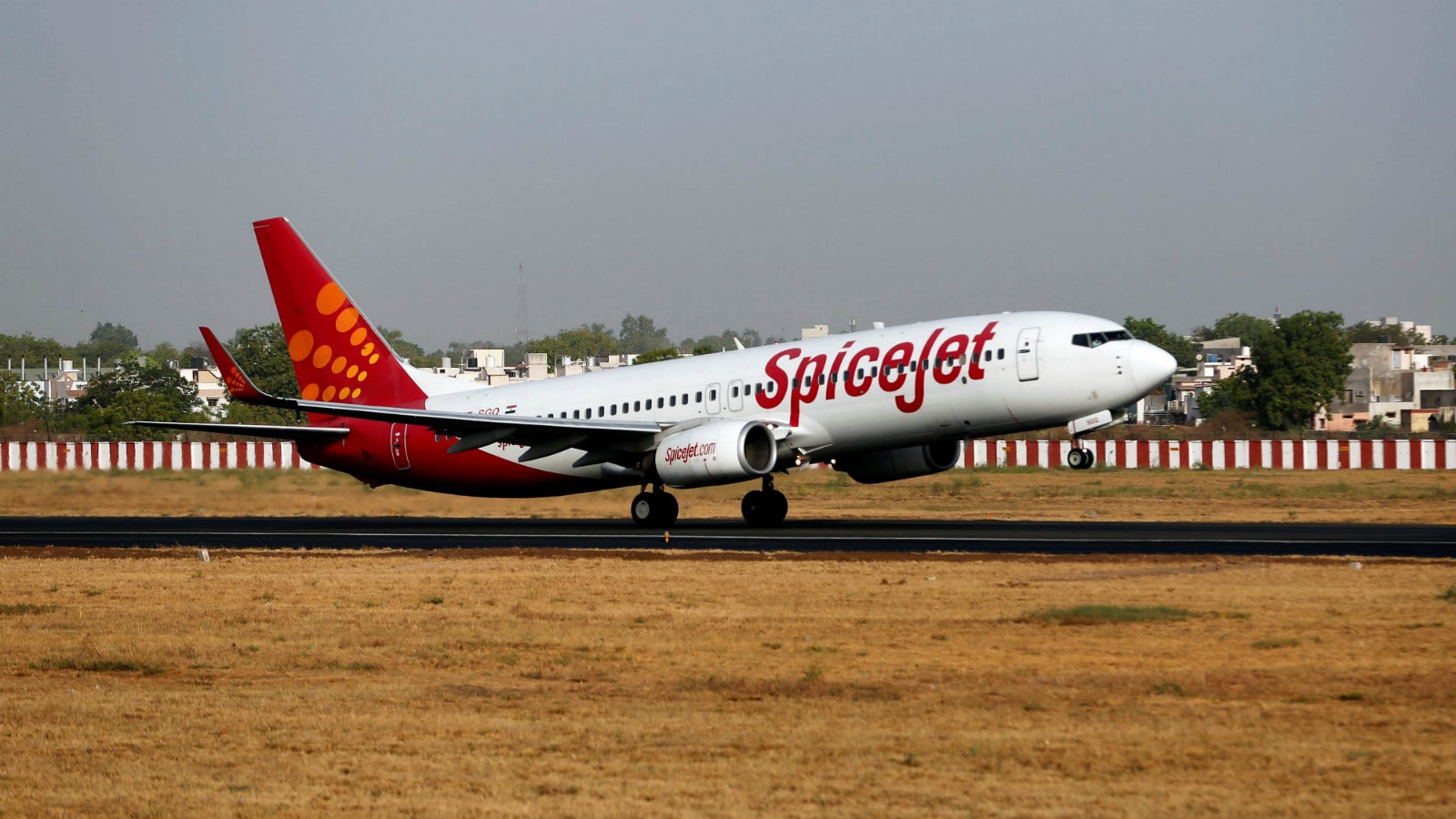Boeing’s most advanced plane could be another headache for Indian aviation
As if rising fuel prices and engine troubles weren’t enough, Indian aviation has a fresh problem to deal with: aircraft safety.


As if rising fuel prices and engine troubles weren’t enough, Indian aviation has a fresh problem to deal with: aircraft safety.
The Oct. 29 crash of the Indonesian low-cost carrier Lion Air’s Boeing 737 Max 8 has sent ripples across India, too. On Tuesday (Nov. 06), US-based Boeing issued a safety bulletin to airlines and pilots operating this aircraft—one of its most advanced.
The advisory warns pilots that false readings from the aircraft’s flight monitoring system can cause it to nosedive abruptly. The ill-fated Lion Air flight had plunged into the Java Sea in a similar fashion. While no immediate action is required on the airlines’ part, pilots have been asked to follow the flight manual in case of confusing data.
Six Boeing 737 Maxs are in use in India—five by Jet Airways and one by SpiceJet. The two airlines have also placed orders for over 200 more, significantly increasing their share.
Following Boeing’s circular, India’s civil aviation regulator, the Directorate General of Civil Aviation (DGCA) has asked Jet Airways and SpiceJet to address any issues with their 737 Max aircraft.
The problem lies with “angle of attack” sensors that measure the wind speed over an aircraft’s wings, according to the Boeing notification. Their measurements are meant to detect if a plane is moving too slowly, which can cause it to lose control. But, Boeing says, sometimes these sensors can trick the 737 Max into pointing its nose down to regain the speed, explained Ashish Nainan, an aviation sector analyst with CARE Ratings.
“Jet Airways’s Max aircraft continue to fly in compliance with the airworthiness directive (AD) issued by the manufacturer and the regulatory authorities. The airline is in contact with them,” a spokesperson for Jet Airways told Quartz in a statement. Emails to SpiceJet for a response remained unanswered.
All this couldn’t have come at a worse time as SpiceJet and Jet had pinned their hopes on this new aircraft.
Forlorn hope
The induction of the Boeing 737 MAX was expected to significantly improve the fuel efficiency of SpiceJet and Jet, India’s fourth- and second-largest airlines by market share.
“Airlines were hoping that once this plane (737 Max) comes, there will be substantial savings on fuel costs. This incident (the Lion Air crash) now puts that plan, too, in question,” Nainan said. “If this plane is grounded, then till a resolution comes about, there is no way out for airline companies to tackle their fuel costs.”
IndiGo, India’s largest airline by passengers, reported an 84% year-on-year surge in fuel costs to Rs3,035.50 crore ($41.73 million) in the September quarter this year. It reported a loss of Rs652 crore in this period.
Jet Airways was in the red in the June quarter as fuel costs rose 35% year-on-year to Rs2,332.49 crore. SpiceJet posted a loss of Rs38.06 crore in the period as fuel costs jumped 54% from a year ago to Rs812.44 crore.
In any case, India’s airlines are already battling other technical glitches.
Recurring issues
In August this year, IndiGo was forced to ground an aircraft—its 22nd this year—following issues with its Pratt & Whitney engines. The company’s ordeal began in 2016 after it received the first batch of Airbus’s A320 neos.
In February last year, the DGCA asked IndiGo and GoAir, whose aircraft, too, were grounded due to similar issues, to inspect the engines after 1,000 hours of flying. They had to fly at lower altitudes which increased their fuel bill.
On Sunday (Nov. 04), the engine of an IndiGo flight shut down while landing at the Chennai airport, forcing the pilot to send a “Mayday” distress signal.